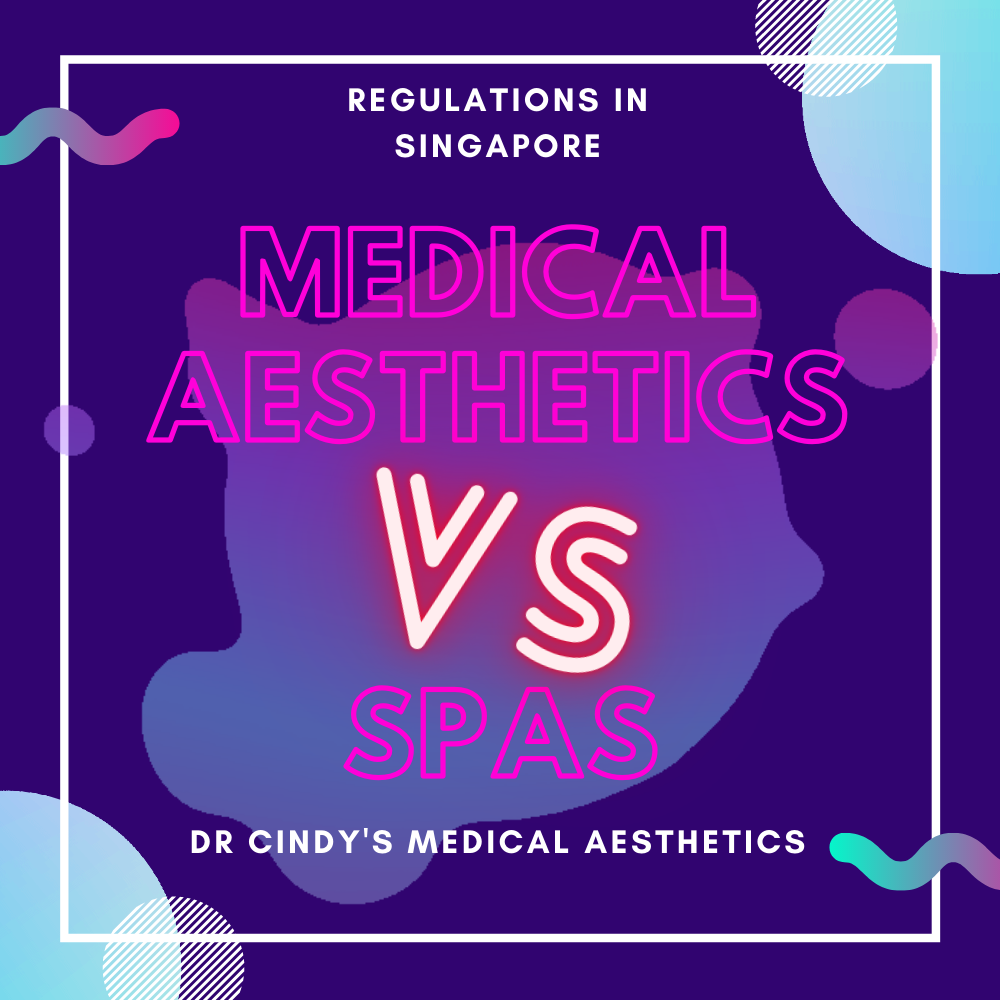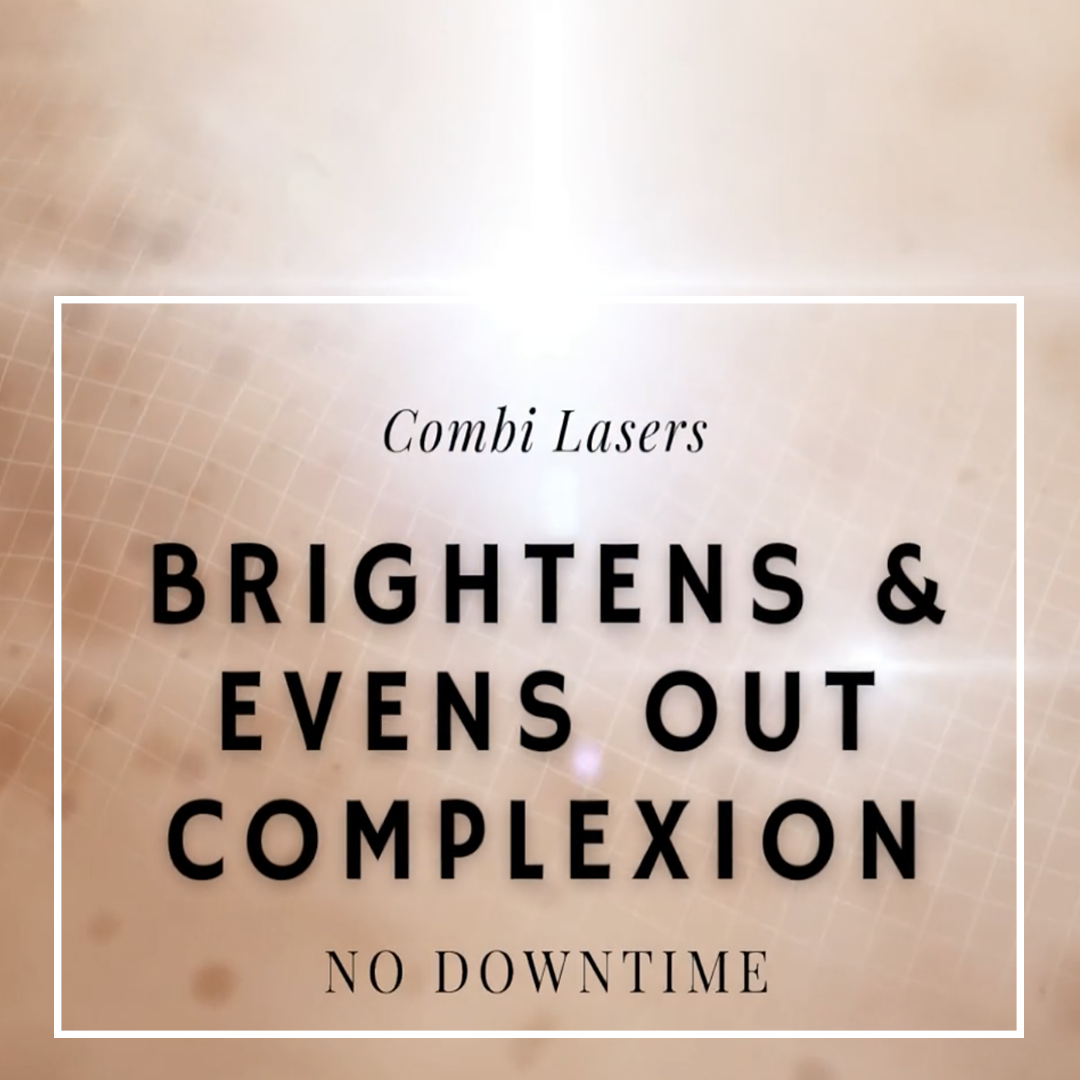Regulations for Medical Aesthetic Clinics Vs Spas in Singapore – Part 2
10 Min Read – In our previous blog entry, we examined the core differences between Medical Aesthetic Clinics Vs Spas in Singapore. In this post, we focus on the treatment approach by Medical Aesthetic clinics and the type of regulations Aesthetic clinics and doctors in Singapore are governed by. Part 1 here.
Concept of Beauty – Medical Aesthetic Clinics
It’s not a hidden secret that beauty, especially facial aesthetic treatments can significantly impact and influence a person’s self-esteem. But beauty or the perception of it differs greatly from one person to the next. Often, one’s perceived acceptance of beauty is dependent on ethnicity, social perception, psychological, cultural, economic and a host of other factors. There are differing schools of thought on the concept and perception of beauty as some argue that beauty is influenced and not driven by biological factors while others argue that beauty is driven by one’s perception of the media. Of what the media portrays beauty to be.
“There are differing schools of thought
on the concept and perception of beauty.”
The ball is then in the court of the Medical Aesthetic doctor to determine the definition and what constitutes as beauty, offer professional medical advice and with the informed consent of the patient, proceed with augmenting or improving the current condition. But if beauty is in the hands of the attending doctor, then strict regulations and ethical standards must apply to the Medical Aesthetic industry. That is certainly the case in Singapore as clinics, treatments and therapeutics are regulated by the Ministry of Health (MOH) and the Health Sciences Authority (HSA).
Under Oath – Going Beyond
In Singapore, Medical Aesthetic practices and what is expected of the work and conduct of doctors are governed by the Singapore Medical Council (SMC) Ethical Code and Ethical Guidelines that states, “Doctors are to treat patients according to generally accepted methods. Under the present MOH guidelines, a doctor shall also not offer to patients, management plans or remedies that are not generally accepted by the profession, except in the context of formal and approved clinical trials.”1
The guiding principle for procedures carried out in any Medical Aesthetic clinic should be effective, with priority on patient safety in the context of going beyond the Hippocratic Oath of “Do no harm” and benefit the patient in a positive way.
“Numerous safeguards with multi-tiered
robust checks and balances are in place
in Singapore, in our clinics.”
In Part 1, we laid out the core differences between Medical Aesthetic clinics Vs Spas and Beauty Salons namely:
- Spas and Beauty Salons do not require regulation by MOH or HSA; Medical Aesthetic clinics are under very strict regulations.
- Spas and Beauty Salons treatments don’t require doctors; Medical Aesthetic clinics require doctors.
- Spas and Beauty Salons may have the word ‘Medical’ in their business name but are not registered under MOH; Medical Aesthetic clinics in Singapore are under the purview and regulations of MOH.
- Similar treatments may be offered by Spas and Beauty Salons but are only in name and do not use the same technology or based on any actual clinical research or medical trials.
Evidence-Based Medicine (EBM) – Approach of Medical Aesthetic Doctors in Singapore
Medical Aesthetic Doctors in Singapore are required by law to ensure that they are:
- Competent and adequately trained
- Different treatments have different pre-requisite criteria before doctors can perform said treatment.
- Yearly medical training and keeping skills relevant
The EBM Treatment approach in the field of dermatology is contingent on the doctor to keep practices relevant in a transparent process seeking out the most reliable clinical evidence in the line of work. As medical technology progresses all year round with improvements or updates of existing treatments and protocols, the challenge is for the doctor to continue delivering exceptional health to the patient based on external clinical evidence firmly rooted in conscientious medical research.
“The challenge is for the doctor to continue
delivering exceptional health to the patient.”
Five steps of practising evidence-based dermatology
So how do doctors select and recommend on the most optimal treatment plan for their patients? This can be done by taking cue from the field of dermatology.
- Ask structured questions that can be answered by the patient at the start of consultation.
- Ensure treatment recommended has valid clinical evidence.
- Be objective and critically assess the evidence of the treatment for relevance and validity determined by strength in descending order. Research and gather data from multiple research and clinical trials.
- Applying the results of that appraisal of evidence back to the patient.
- Recording the information, outcomes, treatments and procedures.
Government Regulations – Singapore’s Medical Aesthetic Industry
Apart from the high standards, ethics and framework in the healthcare industry in Singapore, the Singapore Government back in 2008, specifically the SMC, decided to set out regulating the Medical Aesthetic industry establishing guidelines, protocols, ethics and conduct including the types of treatments that can be performed by aesthetic doctors. Aesthetic procedures were then classified and broken down into List A and List B. For relevance, we shall only look at the types of procedures in List A.
List A: Where there is moderate to high level of clinical evidence and/or with local medical expert consensus that the procedures are well-established and acceptable. They are categorised into Non-Invasive, Minimally-Invasive and Invasive. The premises where medical procedures can be carried out are listed in the table below.

Robust System of Checks and Balances – Aesthetic Clinics in Singapore
According to the MOH, Medical practitioners who wish to perform aesthetic procedures in List A should submit a List A notification form (together with copies of certificates of training) to the SMC’s Aesthetic Procedure Oversight Committee (APOC) for verification as to whether it could be considered a Certificate of Competence (COC). For other procedures not under the list, MOH has highlighted that Medical practitioners who wish to perform procedures that fall within the definition of Aesthetic Practice in the guidelines but which are not found in either List A or List B, will also have to list the treatment themselves with the SMC’s APOC.
The APOC may then decide on the classification of the procedure or further dictate how the doctor should proceed. It is recommended that medical practitioners should not practice any procedures until they have been classified by the SMC’s APOC.
“The aesthetic industry in Singapore is
indeed regulated very differently in Singapore.”
MOH will also conduct regular audit checks on aesthetic clinics to ensure procedures and treatments are in line with regulations. Doctors who perform procedures that are not in line with guidelines and requirements will even be subjected to disciplinary action by the SMC! The doctor will have been deemed to be unethical and bringing disrepute to the profession. The aesthetic industry in Singapore is indeed regulated very differently in Singapore.
As you can see, numerous safeguards with multi-tiered robust checks and balances are in place in Singapore, in our clinics. Don’t hesitate to approach us and book an appointment for a personalised consultation with our doctors today!
“In the context of aesthetic practice, the medical treatment
must extend beyond the “Do No Harm” principle and
be seen to benefit the patient positively.”
Call Us & Book an Appointment:
+65 67334433
References:
- https://www.healthprofessionals.gov.sg/docs/librariesprovider2/guidelines/2016-edition—guidelines-on-aesthetic-practices-for-doctors.pdf
- https://www.ncbi.nlm.nih.gov/pmc/articles/PMC2918343/
- https://www.moh.gov.sg/licensing-and-regulation/regulations-guidelines-and-circulars/details/guidelines-on-aesthetic-practices-for-doctors
- https://www.moh.gov.sg/docs/librariesprovider5/licensing-terms-and-conditions/practices-for-doctors-guidelines-on-aesthetic.pdf

 17 Jan 2022
17 Jan 2022







